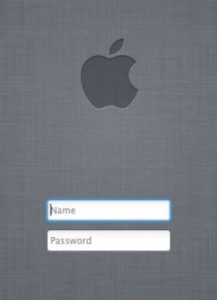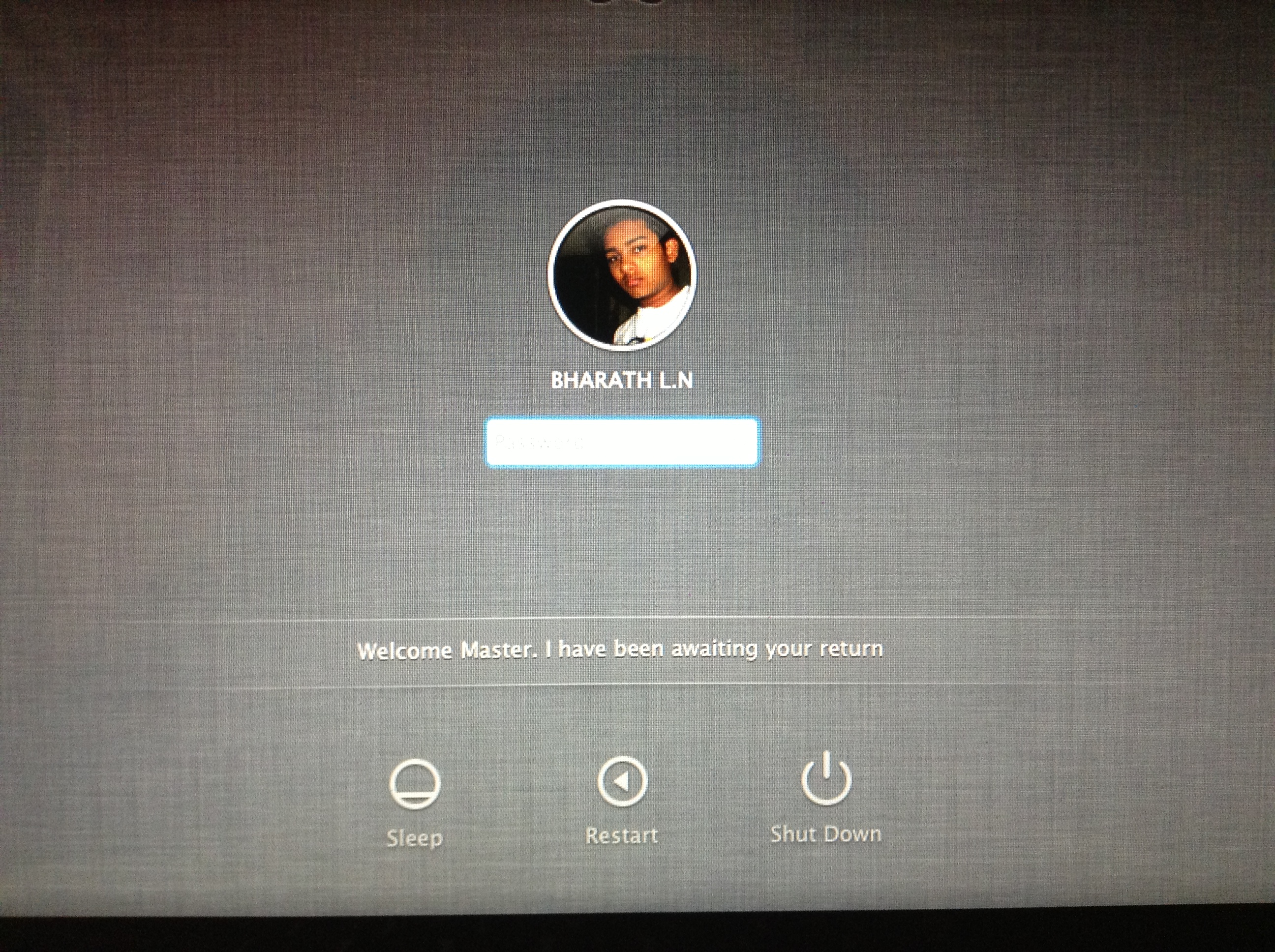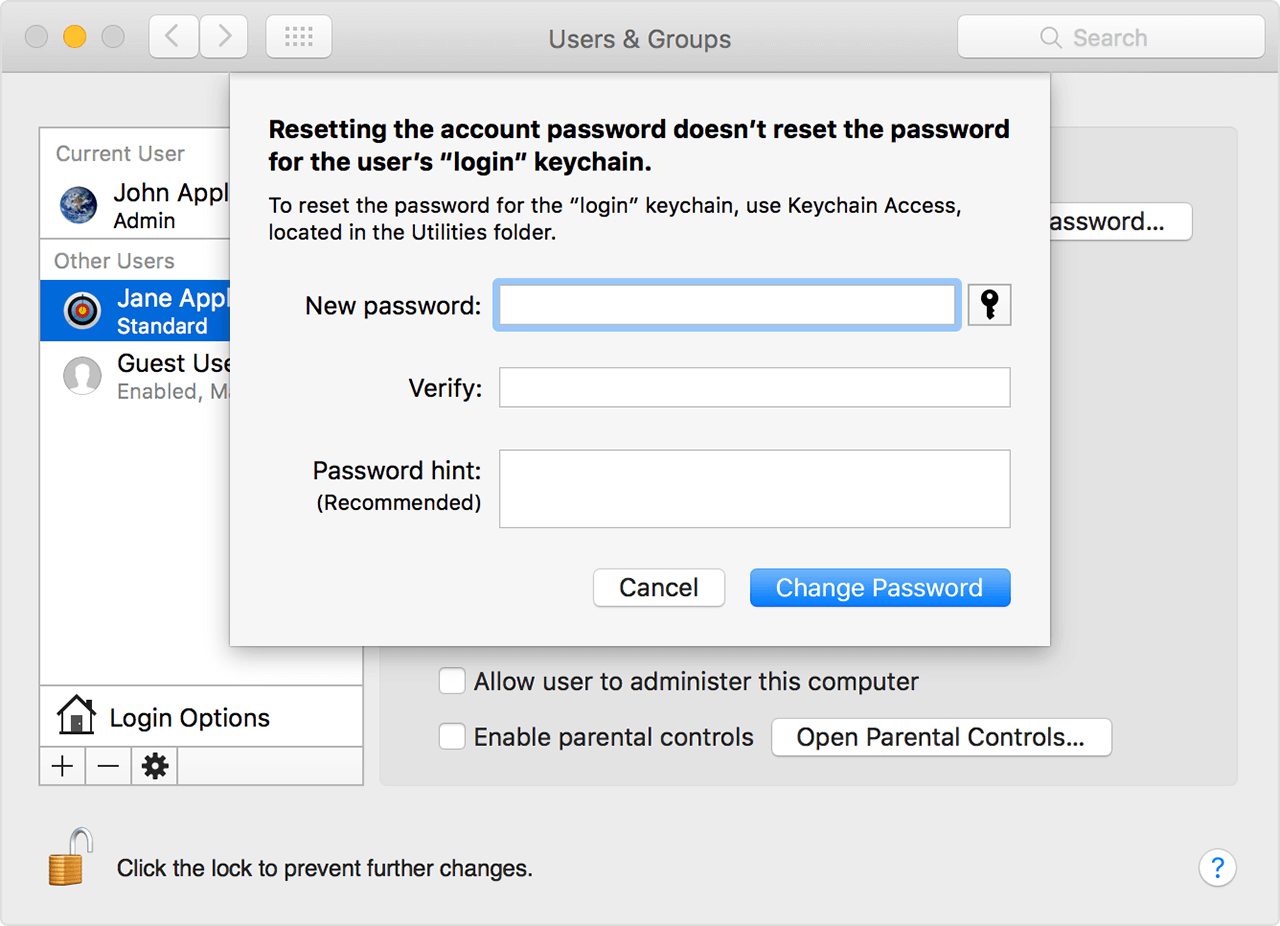

- #Change image for log in on mac install#
- #Change image for log in on mac update#
- #Change image for log in on mac driver#
- #Change image for log in on mac password#
#Change image for log in on mac update#
Apple will synchronize and update the new photo on other connected devices. If you have multiple Apple devices using the same Apple ID, you only have to change the account’s picture on one of the devices. You can change the picture style, modify background color, and add filters. The iOS Contacts app has snazzy customization options that let you spice up your Apple ID picture.
#Change image for log in on mac driver#
To address this, use journald as the logging driver when available, or another supported driver with native rotation support.Note: Custom texts can not exceed two characters. As a result of this lack of rotation, log files stored by the json-file driver can consume a significant amount of disk space for containers that generate a lot of output.

If using a docker-compose.yml file, the shm_size key can be used for thisĭocker containers exhausts space due to the json-fileĭocker’s default logging driver is json-file, which performs no log rotation by default. If using docker run, this can be done by passing the flag -shm-size 256m. Solution to fix this problem is to increase the size of shared memory to at least 256MB. Other than disabling the Prometheus Metrics from the Admin page, the recommended Writing value to /dev/shm/gitlab/sidekiq/histogram_sidekiq_0-0.db failed with unmapped file Writing value to /dev/shm/gitlab/sidekiq/gauge_all_sidekiq_0-1.db failed with unmapped file GitLab container by modifying the -publish flag.

You can make Docker to use your IP address and forward all traffic to the The GitLab version you want to run, for example gitlab/gitlab-ee:12.1.3-ce.0. To use a specific tagged version, replace gitlab/gitlab-ee:latest with Tagged versions of the GitLab Docker images are also provided. Note that every time you execute a docker run command, you need to provide Sudo docker run -detach \ -hostname \ -env GITLAB_OMNIBUS_CONFIG = "external_url '' gitlab_rails = true " \ -publish 443:443 -publish 80:80 -publish 22:22 \ -name gitlab \ -restart always \ -volume $GITLAB_HOME/config:/etc/gitlab \ -volume $GITLAB_HOME/logs:/var/log/gitlab \ -volume $GITLAB_HOME/data:/var/opt/gitlab \ Here’s an example that deploys GitLab with four runners as a stack, using secrets and configs:
#Change image for log in on mac password#
Secrets can be used to securely pass your initial root password without exposing it as an environment variable.Ĭonfigs can help you to keep your GitLab image as generic as possible. In swarm mode you can leverage Docker secretsĪnd Docker configs to efficiently and securely deploy your GitLab instance. This is the same as using -publish 8929:8929 -publish 2224:22.ĭocker-based GitLab installation in a swarm cluster. Web : image : ' gitlab/gitlab-ee:latest' restart : always hostname : ' ' environment : GITLAB_OMNIBUS_CONFIG : | external_url '' gitlab_rails = 2224 ports : - ' 8929:8929' - ' 2224:22' volumes : - ' $GITLAB_HOME/config:/etc/gitlab' - ' $GITLAB_HOME/logs:/var/log/gitlab' - ' $GITLAB_HOME/data:/var/opt/gitlab' In the following examples, if you want to use the latest RC image, use

#Change image for log in on mac install#
As another option, you can install an MTA directly in the GitLabĬontainer, but this adds maintenance overhead as you’ll likely need to reinstall Solution is to add an MTA (such as Postfix or Sendmail) running in a separateĬontainer. The Docker images don’t include a mail transport agent (MTA). If you instead want to install GitLabįind the GitLab official Docker image at: Necessary services in a single container. The GitLab Docker images are monolithic images of GitLab running all the


 0 kommentar(er)
0 kommentar(er)
